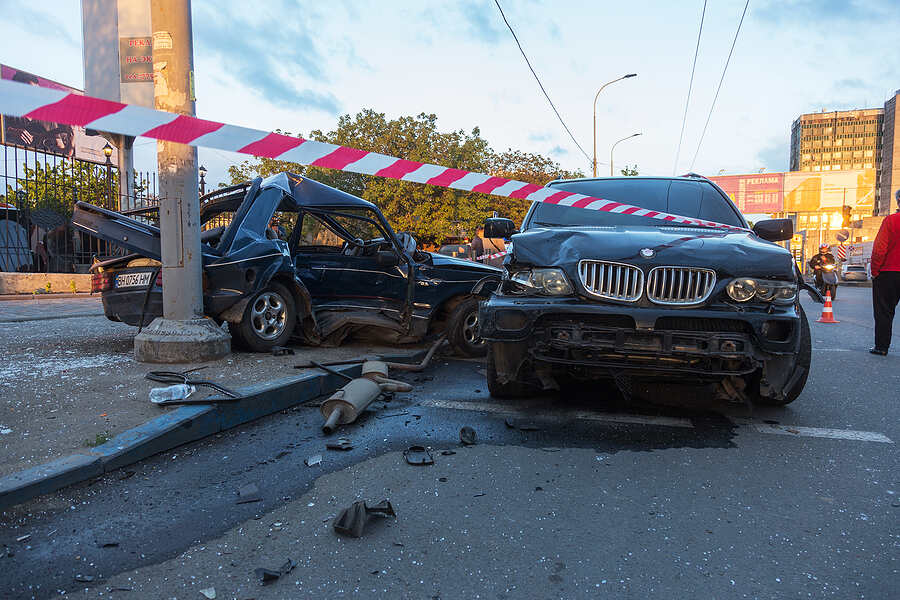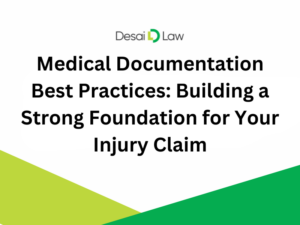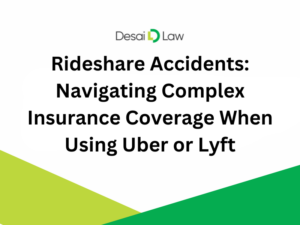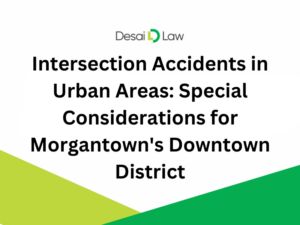Have you noticed roundabouts on some of the streets you travel? Cities and states strategically place those round structures in intersections because they change the usual traffic flow.
Broadside collisions commonly occur at intersections. Inattentive, distracted, and reckless drivers zoom through without paying attention. They crash into other vehicles, causing serious damage and injuries. Roundabouts don’t eliminate those risky behaviors, but they prevent drivers from causing broadside collisions by slowing them down and modifying their path.
Intersections: The Perfect Setting for Broadside Collisions
The Federal Highway Administration acknowledges the intersection dilemma. People need them, but they create unavoidable conflicts among drivers, pedestrians, motorcyclists, and bicyclists. When each person approaches an intersection, they all have the same simple goal. They just want to get from one side of the road to the other. Unfortunately, variations in driver behavior, traffic controls, and other factors often encourage accidents.
A broadside collision occurs when one driver crashes into the side of another driver’s vehicle. Some people call them “T-bone” accidents because the crashing cars often form a T configuration.
Broadside accidents commonly occur at intersections and other locations where paths intersect.
- Uncontrolled Intersections: Some drivers simply take control.
- Red Lights: An FHWA study determined that some drivers consistently run red lights as part of their normal driving patterns.
- Stop Signs: Accidents happen at four-way stops, often because some drivers don’t understand (or care) who has the right of way.
- Parking Lot Exits: Drivers often back from parking lots or driveways and crash into vehicles driving down the street.
- Parking Lots: Drivers sometimes cause broadside collisions when backing from parking spaces or driving through parking lots
Broadside Accidents and Passenger Injuries
An Injury Epidemiology article on side-impact crashes explains how rear-seated passengers often sustain more serious injuries than front-seated passengers. This injury dynamic usually occurs during an impact on a vehicle’s right side and at or near the passenger door. As minimal space separates passengers from the impact point, the force heightens the potential for injuries and fatalities.
The FHWA’s national statistics consistently show that approximately one-half of all traffic injuries and one-third of all traffic fatalities occur at intersections. Damage and injury extent vary due to the striking vehicle’s speed, distraction, lack of braking, and other contributing factors. As with other accidents, passengers sustain greater injuries when a larger vehicle strikes them broadside.
An Insurance Institute for Highway Safety analysis of the most recent national crash data found:
- SUVs and Pickup truck passengers sustain fatal injuries less frequently in multi-car accidents than in single-vehicle crashes.
- Passengers in cars died from side-impact, multi-vehicle crashes more frequently than passengers in other vehicles:
- Cars, 3,397 side-impact fatalities
- SUVs, 994 side-impact fatalities
- Pickup Trucks, 730 side-impact fatalities
The Role of Safety Restraints
IIHS research and vehicle testing confirm that, traditionally, smaller vehicles haven’t had the same protective structures as larger vehicles. Consequently, when a broadside collision occurs, small vehicle’s passengers absorb more of the crash’s impact energy. A striking vehicle more easily pushes the vehicle’s metal side into the passenger compartment.
The metal intrusion pushes against passengers, causing serious injuries or fatalities. Rear seat passengers’ heads become particularly vulnerable during a broadside crash with a larger vehicle. Seat belts help prevent some serious injuries and fatalities, but they can’t prevent them all.
Vehicle Safety Improvements Reduce the Potential for Broadside Collision Injuries
In response to the vehicle size/injury connection, the IIHS and National Highway Transportation Safety Administration changed their side-impact testing process. Current tests more closely simulate real-life accidents that often involve small vehicles versus large vehicles. Their research led to new side-impact safety rating systems and a demand for additional passenger crash protection.
Manufacturers now design and build vehicles with more impact protection for front and rear passengers. They provide enhanced structural support and better restraint systems. Some vehicles install front and rear side curtains for greater broadside impact protection.
Under NHTSA Federal Rule 49 Part 571 Standard 214, side-impact protection, manufacturers must meet side-impact safety testing standards:
- Door crush resistance
- Moving deformable barrier test
- Vehicle-to-pole test
When IIHS tests new cars for side-impact protection, their safety ratings provide additional insight into vehicles’ side-impact protection.
Tests compare vehicles to those rated poor for left side-impact safety.
- Rated Good: A passenger is seventy percent less likely to die in a left side-impact crash than in a vehicle with a poor rating.
- Rated Acceptable: A passenger is sixty-four percent less likely to sustain fatal injuries in a left side impact.
- Rated Marginal: A passenger is forty-nine percent less likely to sustain fatal injuries in a left side impact.
Do Roundabouts Prevent Broadside Collisions at Intersections?
The FHWA includes roundabouts on its list of Proven Safety Countermeasures for reducing fatalities on the road. By channeling drivers into a circular pattern, they minimize conflict points that allow vehicles to crash into one another.
Their statistics show:
- An 82 percent reduction in fatal and injury accidents after transforming two-way stops into roundabouts.
- A 78 percent reduction in fatal and injury crashes after a roundabout transformation.
- Lower speeds and reduced conflict also create a better walking environment.
Do I Need An Attorney For My Broadside Collision Injuries?
If you sustain injuries in a vehicle accident, you need a car accident injury attorney to protect your rights as soon as possible. When you work with a law firm, they investigate your accident immediately and resolve any liability issues. They deal directly with the responsible party, their insurer, and their attorneys while you focus on getting better. When you’re ready to resolve your claim, car accident attorneys work to produce the best results possible. When necessary, they file a suit on your behalf.
When you consult with a car accident injury attorney, you discuss your accident and injuries and learn more about your legal options. You decide if and when you file a claim against the person who harmed you.





